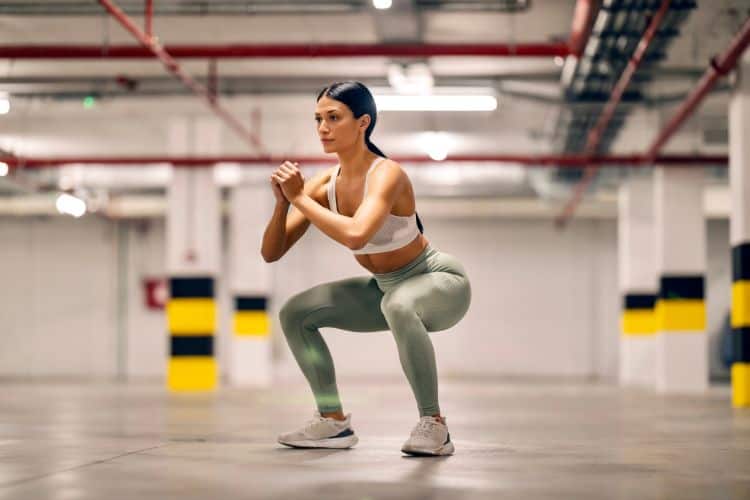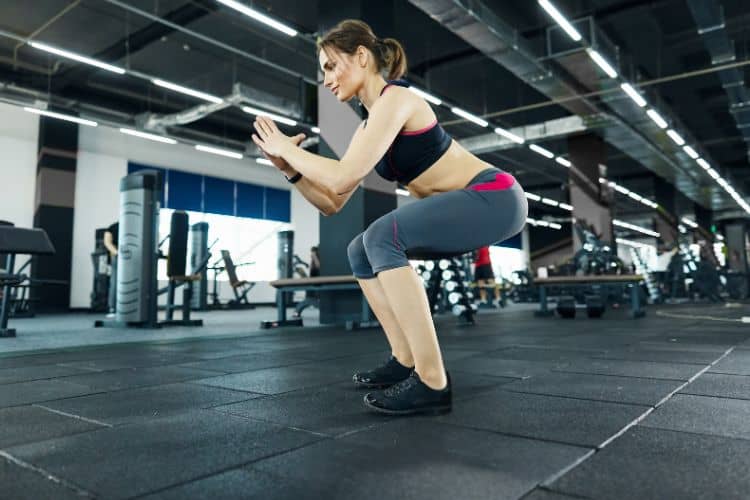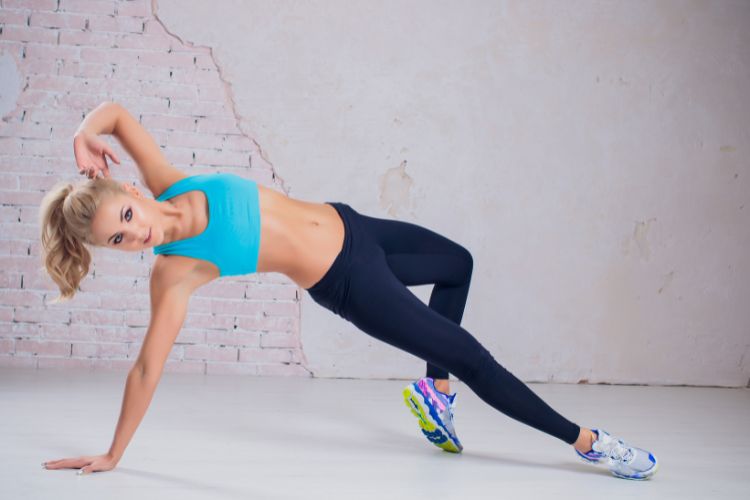Sign up for workout ideas, training advice, reviews of the latest gear and more.






A strong core is the foundation of nearly every movement we perform—whether lifting weights, sprinting, or simply standing tall with proper posture. If you’re looking to improve your balance, reduce injury risk, and define your abs, incorporating 30-minute full core workouts into your weekly routine is a game-changer.
This blog will guide you through a structured approach to core training, outlining the benefits, best exercises, sample routines, and tips to make the most of your workout.
Your core includes much more than just your abs. It comprises the rectus abdominis, obliques, transverse abdominis, erector spinae, glutes, and hip flexors. These muscles work together to stabilize your spine, support functional movements, and improve your overall athletic performance.
A complete core workout should include exercises that target all major muscles in the core. To make your session effective, follow this structure:
Start with light movement to activate your core and increase your heart rate:
Perform 3 rounds of the following exercises. Rest 30–60 seconds between each round.
| Exercise | Duration/ Reps |
|---|---|
| Plank with shoulder taps | 30 seconds |
| Russian twists (bodyweight or dumbbell) | 20 reps (10 each side) |
| Bicycle crunches | 30 seconds |
| Dead bug | 12 reps each side |
| Mountain climbers | 30 seconds |
| V-ups | 15 reps |
| Side plank (each side) | 30 seconds |
| Glute bridge with pulse | 15 reps + 10 pulses |
Stretch the core, hips, and lower back to improve flexibility and promote recovery:
Let’s take a closer look at the top exercises for a full-core blast:
Standard Plank: Builds overall core endurance.
Side Plank: Targets obliques and shoulder stability.
Plank with Reach or Shoulder Taps: Adds anti-rotational resistance for better stability.
This rotational movement works the obliques and improves spinal mobility. Use a dumbbell or medicine ball for added intensity.
Engages the upper and lower abs while also firing the obliques. Maintain controlled movements to avoid straining the neck.
An excellent movement for activating the deep core stabilizers and promoting coordination between limbs and the torso.
This dynamic core and cardio move raises your heart rate while strengthening the entire abdominal wall.
An advanced ab exercise that challenges both the upper and lower core. Focus on control rather than speed.
Don’t forget your posterior chain. The glutes and lower back support your abs and must be trained for a balanced core.
Warm-Up (5 mins)
Circuit (Repeat 2–3 rounds):
Cool Down (5 mins)
This beginner workout focuses on building core awareness and strength without overloading your body.
Warm-Up (5 mins)
Circuit (Repeat 3 rounds):
Cool Down (5 mins)
This workout introduces more dynamic movements and side-to-side motion for oblique engagement.
Warm-Up (5 mins)
Circuit (Repeat 3–4 rounds):
Cool Down (5 mins)
This intense core workout is perfect for those looking to increase definition, strength, and burn calories fast.
Avoid overtraining. Core muscles need recovery too, especially after intense routines.
From squats to push-ups, always brace your core. This turns every movement into a mini-core workout.
Start with basic movements and add difficulty (weights, reps, or instability) over time for progressive overload.
Rushing through crunches or planks won’t help. Controlled movement with correct posture prevents injury and leads to better results.
Abs are made in the kitchen. To reveal your core muscles, pair workouts with a clean, balanced diet rich in lean proteins, vegetables, healthy fats, and whole carbs.
While it’s possible to train your core daily with light movements, it’s best to allow 1–2 days of rest between intense core sessions to promote muscle recovery and growth.
With consistent workouts and proper nutrition, many people begin to see improved core strength and definition within 4–6 weeks.
No. Bodyweight core workouts can be extremely effective. However, adding resistance (like dumbbells) can enhance progress and definition.
Yes. All the sample workouts provided can be done at home with minimal to no equipment, making them ideal for busy schedules.
A 30-minute full core workout is a time-efficient and effective way to build a strong foundation for your entire body. Whether you’re training for performance, aesthetics, or overall health, core-focused workouts should be a regular part of your fitness plan.
From beginner-friendly bodyweight routines to advanced dumbbell circuits, there’s a variation suitable for every fitness level. The key is consistency, progression, and combining your workouts with smart nutrition and recovery.
| Day | Workout |
|---|---|
| Monday | 30-Min Core Strength (Beginner/Intermediate) |
| Wednesday | Total Body Strength + Core Stability |
| Friday | 30-Min Advanced Core Conditioning |
| Sunday | Recovery Core Flow + Stretch |
Bookmark this post, share it with a friend, and make core workouts a non-negotiable part of your fitness journey.
Want more effective workouts?
Subscribe to our blog or follow us on Pinterest for new routines, challenges, and fitness tips!
Stay up to date on the latest women’s health, fitness and lifestyle trends and tips.